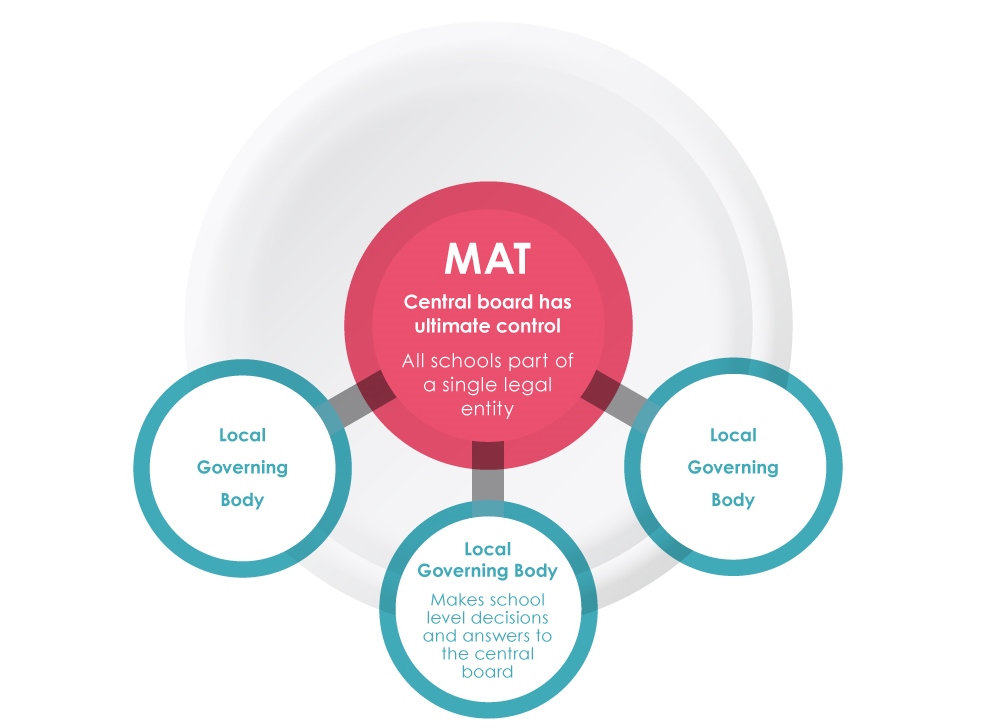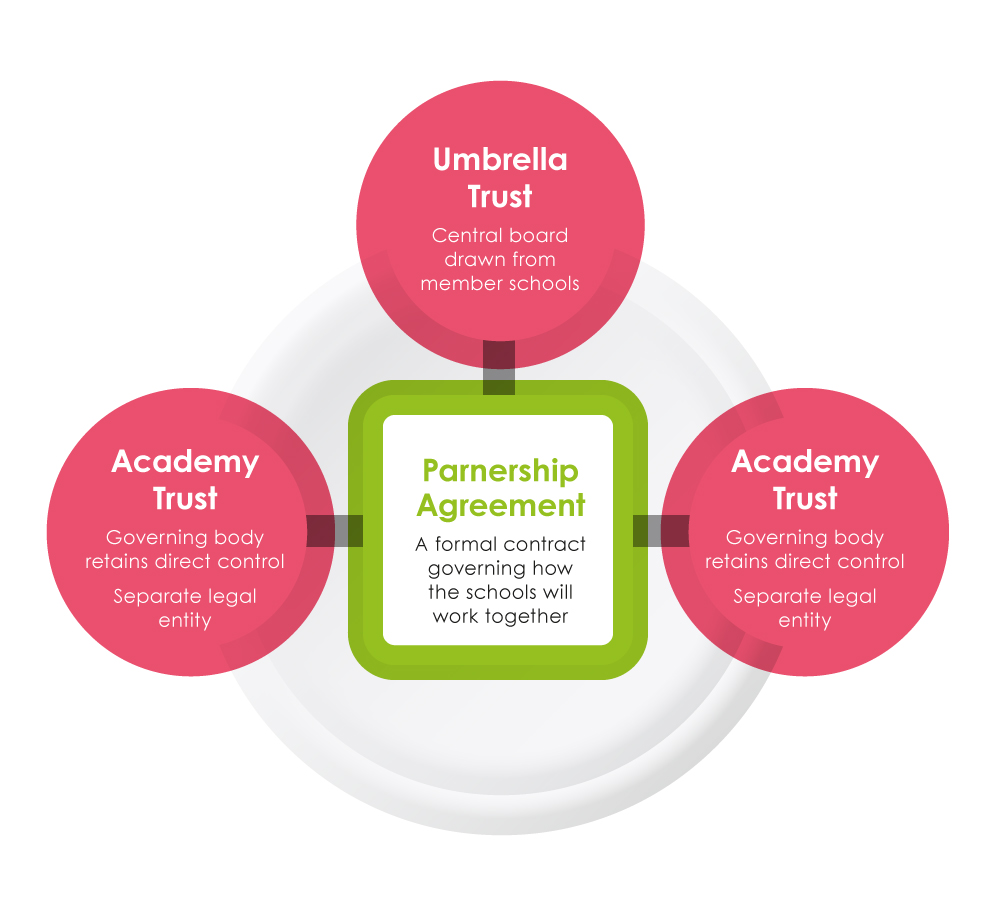Academy Structures
The choice in school structure has expanded rapidly. When the current academy initiative first came about, most converters became stand-alone academy schools. Today, the government has made clear in its recent announcements that it prefers schools to convert as a group or join an existing structure, the most common of which is the Multi Academy Trust (MAT). However, there are other options available, such as collaborative partnerships and Umbrella Trusts, which are starting to prove more popular for schools looking to work together but still retain a level of independence.
When a school is looking to convert or decide on the best way to work with other academy schools, there are a number of things they need to consider.
Single School Academy Trust
The simplest way to convert is as a single school to become an individual Academy Trust. The Governors become Trustees of the Charity, as well as Directors for the purposes of company law. Single school academies were the predominant structure when the movement first started, back in 2010-11. Originally, many schools were motivated to convert by both the financial advantages of being an academy, as well as the independence.
Today new single school academies are somewhat of a rarity, with the Government making no secret of the fact it prefers a multi-school structure. There are also benefits of working with other schools, such as cost savings and the sharing of resources and expertise.
Why a MAT model?
There are a number of advantages of becoming part of a Multi Academy Trust, such as:

The economic advantages of a MAT are obvious, however, the disadvantages are often much more individual to the schools involved and the circumstances in which the MAT was formed. There can be a diminished feeling of independence, when becoming part of a MAT, particularly if an under performing school has been obliged to join. Managing this sentiment, particularly when independence from the Local Authority was originally one of the big appeals of becoming an academy, can often be a challenge.
Another potential pitfall is the need to ensure that risks of failure of one school do not affect the fortunes of another school within the MAT. Furthermore, if different categories of school, such as community and voluntary aided schools, are considering converting together they must be confident that a MAT is the right model for all the schools because of the changes in governance that arise.
The MAT model tends to work best when it’s fully embraced by all of the schools, with admin functions shared centrally wherever possible, to ensure maximum cost savings.
Alternative Structures
For schools that are looking to join together, but retain more of their autonomy than in a MAT, there are two other possible models, Umbrella Trusts and Collaborative Partnerships. We haven’t seen many of these yet in the South West, but are proving more popular as academies feel the pressure to join together.
Umbrella Trusts (UT)

The UT model allows schools to retain their autonomy, but at the same time formalise collaboration between the academies.
In an UT, each school will be its own separate academy trust and the governing body will be responsible for overseeing the running of the academy on a day-to-day basis. Each individual academy is linked together by an overarching UT, which will have representatives drawn from each school.
A Partnership Agreement sets out how the UT and the academies within the group will work together. It provides a framework for co-operation and may focus on both financial matters and school improvement. The UT will have the right to intervene in the running of each academy trust, depending on the individual academy’s level of performance.
Collaborative Partnerships
A Collaborative Partnership provides the highest degree of autonomy, whilst allowing for collaboration within a formal structure.
Each academy trust will have its own members and governors who are responsible for the day to day running of the school. The schools in the group will enter into a formal Collaborative Partnership Agreement that will set out how the academies will work together, what they hope to achieve and how they plan to achieve it. Schools can minimise costs through joint purchasing and sharing resources. In a Collaborative Partnership, schools will be able to share expertise to raise standards and meet agreed improvement targets.

If you have any questions on any of the above structures or would like advice on what might be the most suitable structure for your school please email Misty or call 01404 41977.


